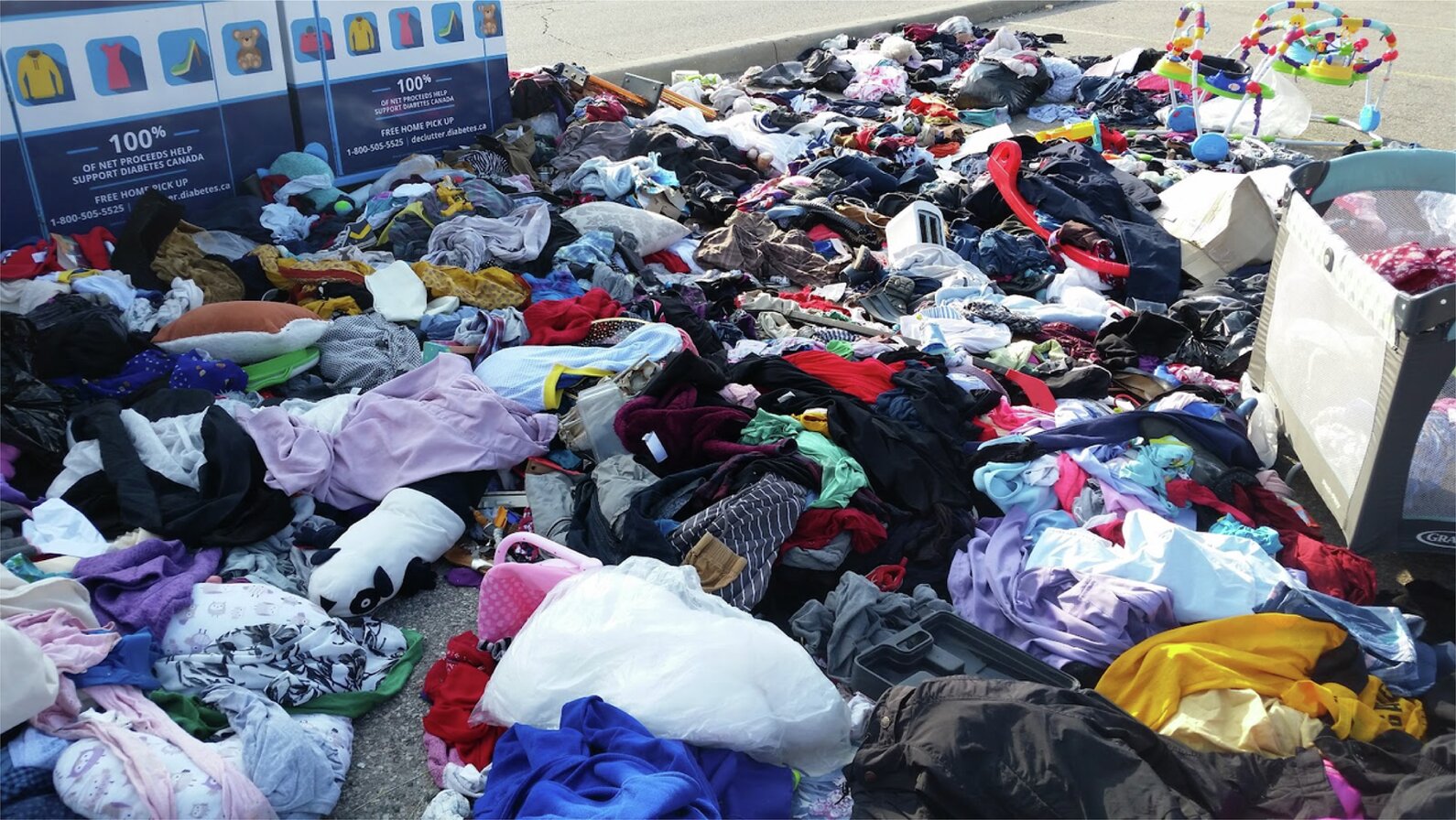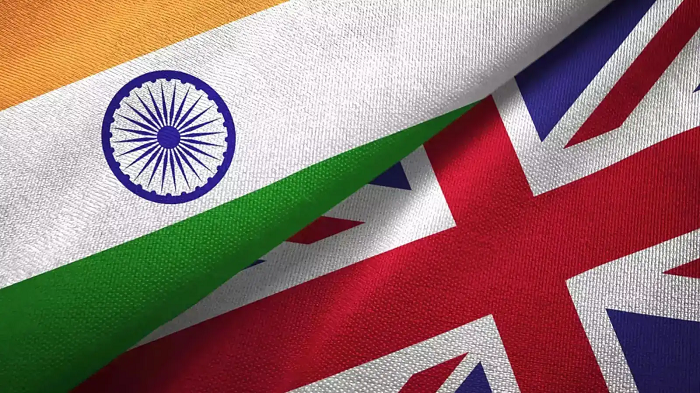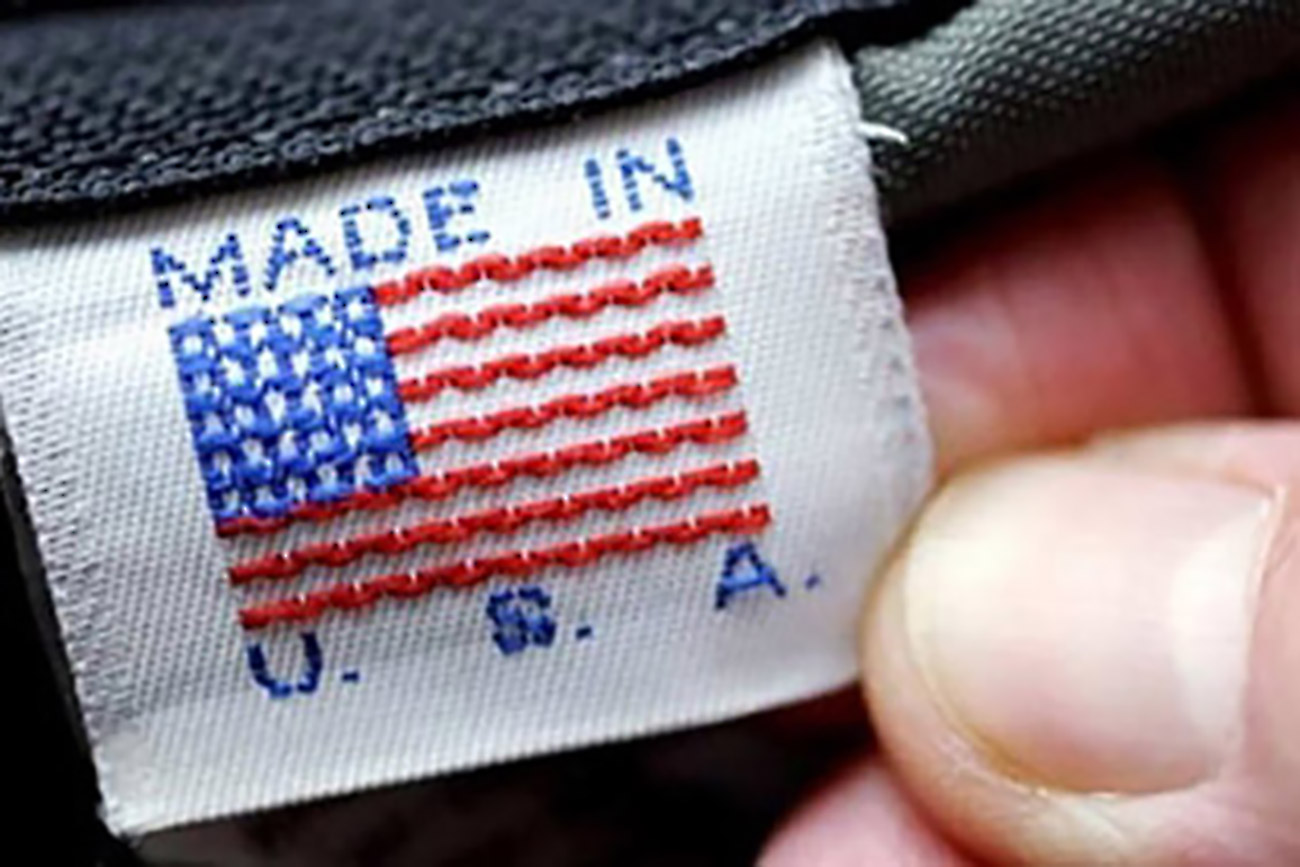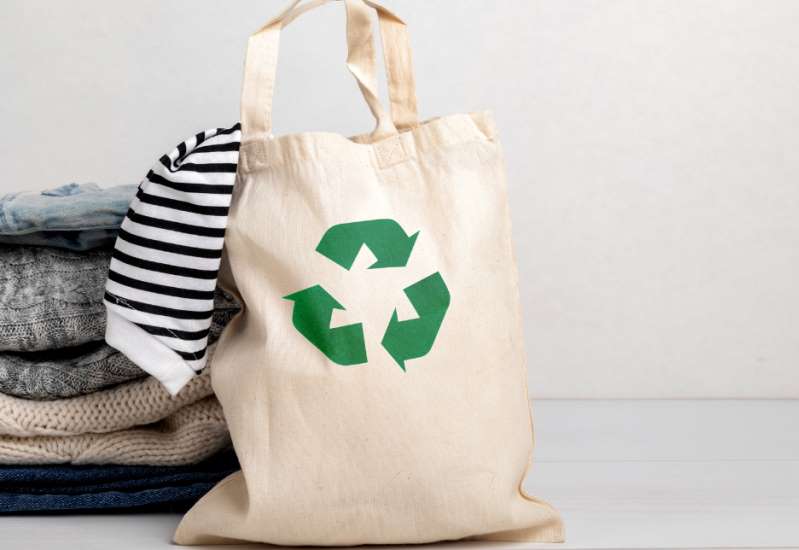FW
Pakistan's Cotton Crop Assessment Committee (CCAC), industry sources claim, has revised the cotton estimates to 10.85 million for the current season compared to the initial estimates of 15.49 million bales, representing a decline by over 30 per cent.
According to the local media report the cotton production estimates may further decline. And while the fourth meeting of the CCAC was held recently and attended by representatives of provincial agriculture departments (Punjab, Sindh, and Khyber Pakhtunkhawa), officials from Pakistan Central Cotton Committee, Pakistan Cotton Standards Institute, Trading Corporation of Pakistan (TCP) and grower members from Sindh, there was no statement issued by the Ministry of Textiles about the outcome.
The Pakistan Government was expecting to achieve a cotton target of 15.49 million bales from 7.7 million acres for 2015-16. Punjab was projected to produce 10.5 million bales from six million acres; however it missed the sowing target and grew cotton on 5.6 million acres registering a decline of about six per cent. After the pest attacks, cotton crop was badly damaged and the projection was revised downward to 7.4 million bales.
Grasim Industries is a part of Aditya Birla Group, which is known as the largest fashion (premium branded apparel) and lifestyle player and the second-largest manufacturer and largest exporter of viscose filament yarn and the largest manufacturer of linen fabric. The company has emerged as the strong player in VSF segment and KK Maheshwari, MD, Grasim Industries, believes that VSF can fulfil consumers’ demand for a natural product which is also soft and comfortable.
Though the company is one of the leading exporters of VSF, Maheshwari says that there are enormous opportunities in India itself with population on par with China. However, while domestic sales are a little over $70 billion for textile and clothing, in China it is over $700 billion. With Indian consumers showing rising interest in fashion along with growing economy and spending power, Maheshwari feels that like export markets even Indian markets offer huge opportunities for growth. So the company started focusing on ethnic wear by tying up with brands and designers with Liva, which has now been launched as brand in itself. The company exports to over 40 countries.
While prices of VSF have been witnessing an improvement in the last two quarters, Maheshwari says that slowdown in China and devaluation of yuan could make an adverse impact. However, Grasim is ready to deal with such volatile situations that keep emerging and Maheshwari is certain that with growing preference for natural products, the Liva-based garments will continue to have a great future.
www.grasim.com
The Appointments Committee of the Cabinet has announced appointment of Rashmi Verma as Secretary, Ministry of Textiles. Verma is currently holding the charge of Special Secretary, Department of Revenue in Finance Ministry, and will replace Sanjay Kumar Panda when he superannuates on December 31, 2015.
Rashmi Verma is an IAS officer of 1982 Bihar cadre. Post Graduate in Political Science with an MBA degree from University Hull, Verma is expected to play a key role in streamlining the much awaited new textile policy, issues revolving around fund clearance under TUFS and transparent operations of the Apparel Export Promotion Council (AEPC).
Industry experts are of the opinion that the Textiles Secretary should get minimum three years term to implement new initiatives and to see the results, which did not happen in the case of earlier appointed textiles secretaries. Ahead of the Budget 2016-17, the government also made a few changes in the finance ministry, transferring the disinvestment secretary and a special secretary in the revenue department, effective next month.
Texmin.nic.in
The country’s cotton purchase is expected to dip 89 per cent in the 2015-16 marketing year. Local prices have jumped after crop failures forced Pakistan to raise imports from India. India is the world's biggest producer of cotton fiber.
The increase in shipments to Pakistan, Bangladesh and Vietnam will help India trim spending on cotton imports. India has so far contracted 3.6 million bales for exports, including nearly two million bales to Pakistan. Prices have moved above the minimum support price level in most states and farmers are selling to private players.
A drop in India’s production due to a pest attack and the first back-to-back drought in nearly three decades have also been supporting prices. In a scheme to assist India’s cotton farmers, the Cotton Corporation of India buys raw cotton fiber from them at Rs 4,100 per 100 kg.
Up to September 30, India bought 8.7 million bales at the MSP as top consumer China started slashing imports. In the current marketing year, the government purchases were again expected to rise to last year's level due to poor demand from China. But a sudden increase in demand from Pakistan and a decision by India’s top producing state Gujarat to buy from farmers at levels higher than the MSP boosted prices and reduced the need for state support.
India may impose an anti dumping duty on imports of mulberry silk from China. The aim is to protect the domestic silk industry. Imports from China increased considerably during the period from April 2013 to June 2014.
Anti dumping measures are taken to ensure fair trade and provide a level playing field to the domestic industry. India is the second largest producer of silk in the world, contributing about 18 per cent to world production. Most of the silk in India is produced from Karnataka, Andhra Pradesh, Tamil Nadu, Jharkhand, Chhattisgarh, Orissa, Jammu and Kashmir and West Bengal. However, the decision to initiate an anti-dumping investigation against Chinese silk imports has threatened the prospects of value added silk exports from India.
There is a shortage of satin silk fabrics in the country which is one of the main fabrics used for value added exports. Exporters feel the government should help domestic raw silk producers and weavers in improving the quality of their products rather than trying to protect them. The Indian silk export industry is dependent on China for the raw material. There is a fear any move to impose anti dumping duty on silk fabrics from China will encourage smuggling.
Indore, Madhya Pradesh-based Pratibha Syntex, which supplies to some of the top American companies including Walmart will have to pay a penalty of $1,00,000. As per the settlement reached, which was filed in Los Angeles Superior Court and has been approved by a judge, the textile company has agreed to pay the fine within 30 days.
"Pratibha Syntex engaged in illegal business practices that placed California garment companies at a disadvantage, while hurting American software companies' ability to develop new and innovative products," California Attorney General Kamala Harris said, adding, "Businesses around the globe should be on notice that the state of California will hold them accountable for stealing intellectual property to unfairly undercut their competition.
" In 2013, Harris had dragged Pratibha Syntex to court for not paying licensing fees for software it used for its business, including products manufactured by Adobe, Microsoft, and others, giving the company a significant cost advantage in the low-margin business of apparel manufacturing, shipment and sales.
Now the decision prohibits Pratibha Syntex from using unlicensed software or reproducing any part of a copyrighted software program without the permission of the legitimate copyright holder, and further require the company to perform four complete audits of the software on their computers and fix any violations within 45 days, a media release said.
In addition, Pratibha Syntex must draft an information technology policy statement regarding the use of licensed software and distribute this policy to all employees, it said.
www.pratibhasyntex.com
Bhilwara-based textile manufacturer Sangam India is looking forward to achieving a topline growth of 10 per cent in FY16 on the back of its growing denim business.
The company expects exports to contribute 30 per cent to the company's revenue this year. Sangam's long-term debt is at Rs 250 crores and it anticipates the debt-equity ratio to improve in the near future with the promoters planning to up their stake in the company to 51 per cent.
Research firm CRISIL views Sangam India as incrementally positive company and has maintained a fundamental grade of 3/5. It has raised EPS estimates and fair value and FY16 and FY17 EPS estimates from Rs 19.3 and Rs 23.7 to Rs 21.2 and Rs 25.4 on the back of higher EBITDA margin estimates. It has lowered cost of equity from 17.8 percent to 17.4 percent due to improved stock liquidity. As a result, CRISIL’s fair value has increased from Rs 115 per share to Rs 220.
www.sangamgroup.com
Trade Development Authority of Pakistan (TDAP) is organising its first textile sector specific exhibition called TeXpo 2016 from April 7 to10, 2016 at the Karachi Expo Centre, Pakistan.
Pakistan is the 4th largest producer and 3rd largest consumer of cotton globally. Textiles, is the vital manufacturing sector of Pakistan contributing nearly one-fourth of industrial value-added goods and employing almost 40 per cent of the industrial labour force. Accounting for 8 per cent of national GDP and 54 per cent of the total exports of Pakistan, the textile industry consists of a complete value chain from cotton growing to the finished products - providing Pakistan with a rare competitive edge in the world. Coined as the “Next Eleven” identified by Goldman Sachs Investment Bank and economist Jim O'Neill in a research paper, Pakistan stands as the world’s 26th largest economy in terms of purchasing power parity. Keeping the importance of its textile hub in the global trade, TDAP decided to organize the expo.
The Trade Development Authority of Pakistan (TDAP) was established in November 2006, under a Presidential Ordinance, with Ministry of Commerce, Government of Pakistan as its administrative ministry. TDAP is mandated to develop, promote, facilitate and enhance the volume and value addition of Pakistan exports.
As the premier trade organisation of the country TDAP not only strives to promote Pakistan’s business with the world but also seeks to establish a brand image for the country. The project ‘Aalishan Pakistan’ in India, was one such successful step towards introducing Pakistan as the next big thing on the business avenues of the world.
www.tdap.gov.pk
Several new trade pacts such as the one with EU and Trans-Pacific Partnership are expected boost Vietnam’s economy as many foreign investors are already showing keen interest in making investments in the country. These pacts will also let Vietnam take advantage of low tariffs, which will benefit its exports to top markets like the EU, the US, Japan and Australia.
The newly-signed FTA with the EU, for instance, will remove more than 99 per cent of tariffs on goods traded between the two economies over a period of seven years. And the TPP is expected to boost shipments within the bloc of 12 Pacific-rim nations, which accounts for 40 per cent of the global economy. Negotiations on the deal have been recently completed and it is now pending the approval of the countries' legislatures.
With manufacturing in China becoming expensive due to high labour costs and government policies, US investors' interest in Vietnam is on the rise, which was proved after more than 30 business executives seeking investment opportunities in construction visited the country. Also many leading US companies like Nike and Mast Industries are contemplating building their manufacturing activities in Vietnam.
New FDI pledges between January and November rose 1.1 per cent to $13.55 billion from the same period last year, while the additional funds for existing projects were estimated at $6.67 billion in the period, according to the General Statistics Office.
However, experts are of the opinion that while Vietnam is emerging as the next hot investment destination, its government must resolve issues around customs and tax procedures and introduce investor friendly policies.
In its recent Outlook Update, Moody’s Investor Service lowered the 2016 growth forecast for the apparel and footwear industry to the 3-5 per cent range from 5-7 per cent in 2015, moving from a positive outlook to a stable one. Analysts also lowered their 2015 constant-currency growth forecast from 7-9 per cent.
“While the hedges taken this year will partially protect margins, the strong US dollar will continue to have negative foreign currency translation effects on the industry’s gross profits for the rest of this year,” said Scott Tuhy, a Moody’s Vice President, Senior Credit Officer.
Once 2015’s hedges have rolled off next year, provided foreign exchange rates stay the same, Moody’s said companies will experience a roughly 40 basis point drop in operating margins because of higher sourcing costs at current exchange rates. Revenue growth for the sector, however, will remain a moderate 4-6 per cent through next year.
“Apparel companies will also continue to benefit from low cotton and oil prices this year, which could help the industry’s operating margins,” Tuhy added, though negative currency effects have offset most of those benefits. When it comes to retail, he said, “The strong dollar has discouraged spending by tourists to the United States, impacting sales at brands such as Ralph Lauren and Calvin Klein, dragging on apparel sales.” And those brands are blaming part of their lackluster performance on reduced department store spend.
Sales for department stores have fallen 24 percent since 2002 and more and more apparel companies are realigning their focus and growing their online and direct-to-consumer offerings. Nike has benefitted from a shift away from department stores—the retailer has opened more of its own branded stores, and according to Moody’s, grew direct-to-consumer sales by 25 per cent in fiscal 2015 to more than $6.6 billion, or close to 22 per cent of total sales. VF Corp also grew its direct-to-consumer sales by 11 per cent in the first half of fiscal 2015 to 25 per cent of its total revenue.
“We anticipate apparel companies, particularly big names like Nike, Ralph Lauren, VF Corp and PVH, to grow sales and expand operating margins through their organic growth initiatives, which will be more recognizable in the long run without FX noise,” Moody’s said.
Nike, VF Corp and Hanesbrands have been the primary revenue and income growth drivers for the apparel sector this year, and they all sell athletic apparel, which points to the continued trend toward athleisure-focused sales. The demand for athletic wear has weighed a bit on denim, but Moody’s said denim sales from companies like PVH and Levi’s will recover. E-commerce sales in the apparel sector should grow 15.3 per cent this year, 14.2 per cent next, and online penetration will reach 16 per cent of total sales by next year. Despite China’s currency fluctuations and its economic slowdown, Moody’s said the country will still be a big growth opportunity.
www.moodys.com












